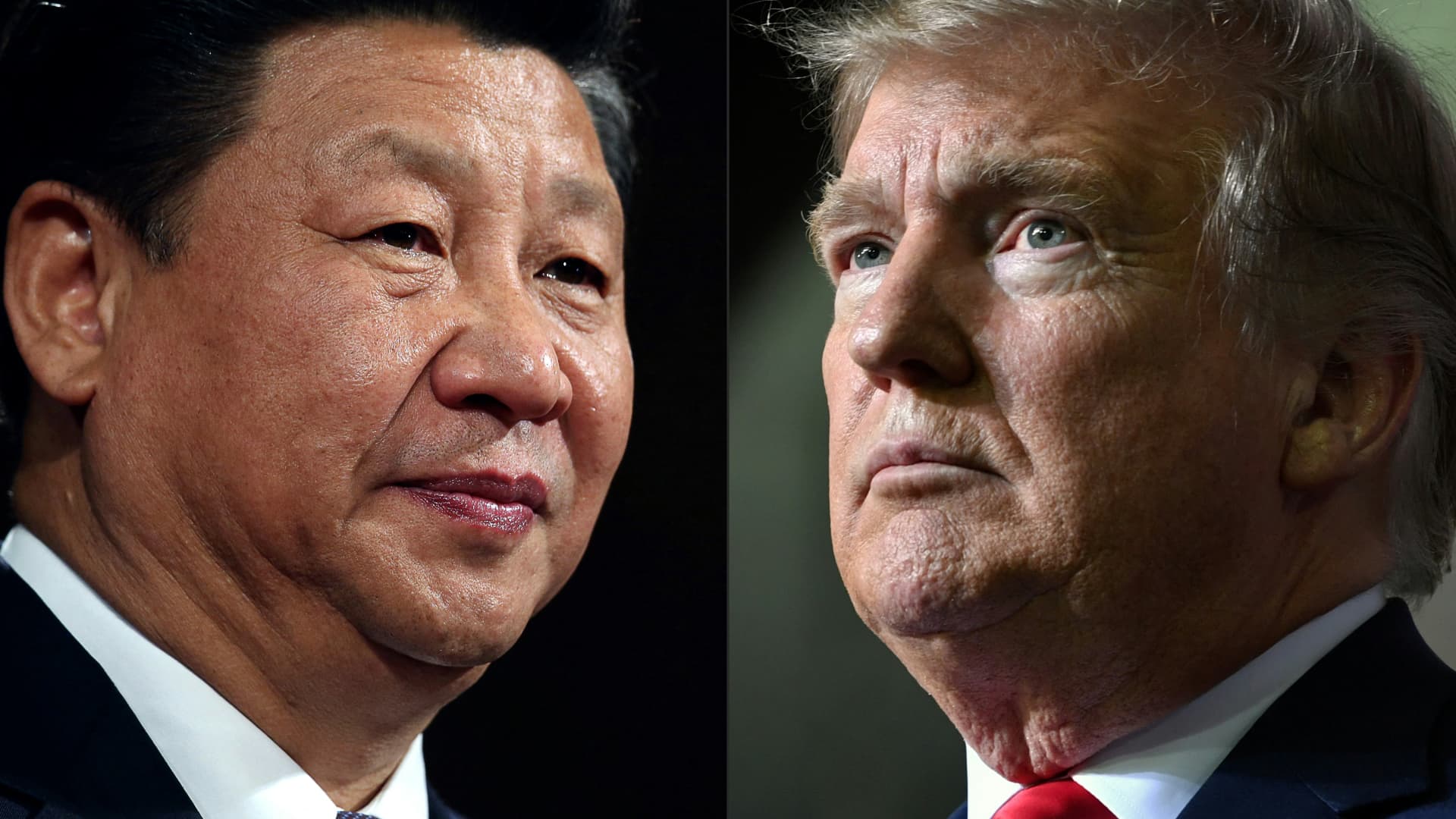Oct 29 – China is considering approving next week the issuance of over 10 trillion yuan in extra debt in the next few years to revive its fragile economy, two sources with knowledge of the matter said. The fiscal package is expected to be further bolstered if Donald Trump wins the Nov. 5 presidential election, the sources said.
Here are some comments from analysts on the stimulus plans:
TOMMY XIE, HEAD OF GREATER CHINA RESEARCH, OCBC BANK, SINGORE
“The current policy priorities appear to focus first on addressing local government hidden debt, followed by financial system stability, and then on supporting domestic demand.
“My key concern was: how will the debt swap be financed? If local governments primarily finance the swap, converting hidden debt into on-balance-sheet obligations may reduce interest expenses. However, this approach alone may not increase local government expenditure unless there is a debt transfer from the local to central governments.
“This exclusive news is important as it may help address one of my key concerns. In my view, the issuance of long-term special bonds is crucial to this strategy.”
GARY NG, SENIOR ECONOMIST FOR NATIXIS, HONG KONG
“The stimulus size is getting closer to the market expectation, but the package can be a painkiller rather than a booster for the economy.
“To gauge the impact on growth, the time horizon of bond issuance and funding usage will be key to watch; 4 trillion yuan can provide meaningful support to purchase idle units and mitigate risks. However, the amount of the new local government bonds used for debt swaps and spending is still uncertain. Therefore, it is positive in repairing confidence, but the economic impact may not be as big as it looks on the surface.”
ALVIN TAN, HEAD OF ASIA FX STRATEGY, RBC CITAL MARKETS, SINGORE
“Notwithstanding the large and impressive amount, how that debt will be utilised is key in understanding the fiscal impact on economic demand and growth.
“The signs are that the bulk of China’s upcoming fiscal package will be focused on local government debt restructuring and banking sector recapitalisation.
“If most of the 10 trillion yuan debt issuance is indeed used for local government debt swaps, i.e. swapping high interest debt with low interest debt, and banking sector recapitalisation, the net fiscal impact will be much smaller than the headline figure would suggest. This is because neither debt restructuring nor banking recapitalisation is a form of direct demand stimulus.”
LOUIS KUMIS, CHIEF ASIA ECONOMIST, S&P GLOBAL, HONG KONG
“Significant fiscal stimulus should buoy confidence and support economic growth.
“Most of the revenues of extra bond issuance seem destined to be used to help local governments address their debt problems. Still, that should allow them to be less frugal in their spending.
“Directing funds towards idle land and property should help. Yet, given the weak sentiment and large stock of unsold housing, the property steps are unlikely to stabilise the housing market in the near future.
“It seems support for consumption remains modest. That means it remains unlikely that we will see a substantial improvement of the economic growth outlook or that deflation risks have been vanquished.”
LYNN SONG, CHIEF GREATER CHINA ECONOMIST, ING, HONG KONG
“If we do get a big 10 trillion yuan package as the headline, this will likely be sufficient to satisfy most investors.
“The numbers given generally are in line with our earlier expectations for fiscal stimulus of around 2-4 trillion yuan per year.
“If the 6 trillion yuan for local government bonds and 4 trillion yuan for property purchases and reclaiming idle land is indeed the ultimate divide, we feel it is quite a notable sum committed to propping up the property market, especially if the deployment is more front-loaded.
“Housing inventories have actually already started to decline after peaking in February this year, but accelerating purchases would help bring inventories back toward a healthy level at a faster pace.
“The multiplier effect of this round of fiscal stimulus will naturally be lower compared to previous packages more focused on infrastructure investment, but tackle two of the biggest pain points for the Chinese economy, and should be a welcome move for markets if it is approved.
“Moving forward, markets will continue to look for future policy measures to support consumption, another policy priority which has been flagged multiple times in recent briefings.”
LINDA LAM, HEAD OF EQUITY ADVISORY FOR NORTH ASIA AT UBP, HONG KONG
“If that number is true, it’s more on the high end of the estimates, but within expectations. It’s the market consensus that a fiscal package has to be part of the solution.
“The market has been eager to get a concrete number.
“Of course implementation is key, depending much on monetary transmission and consumption power.”
This article was generated from an automated news agency feed without modifications to text.











